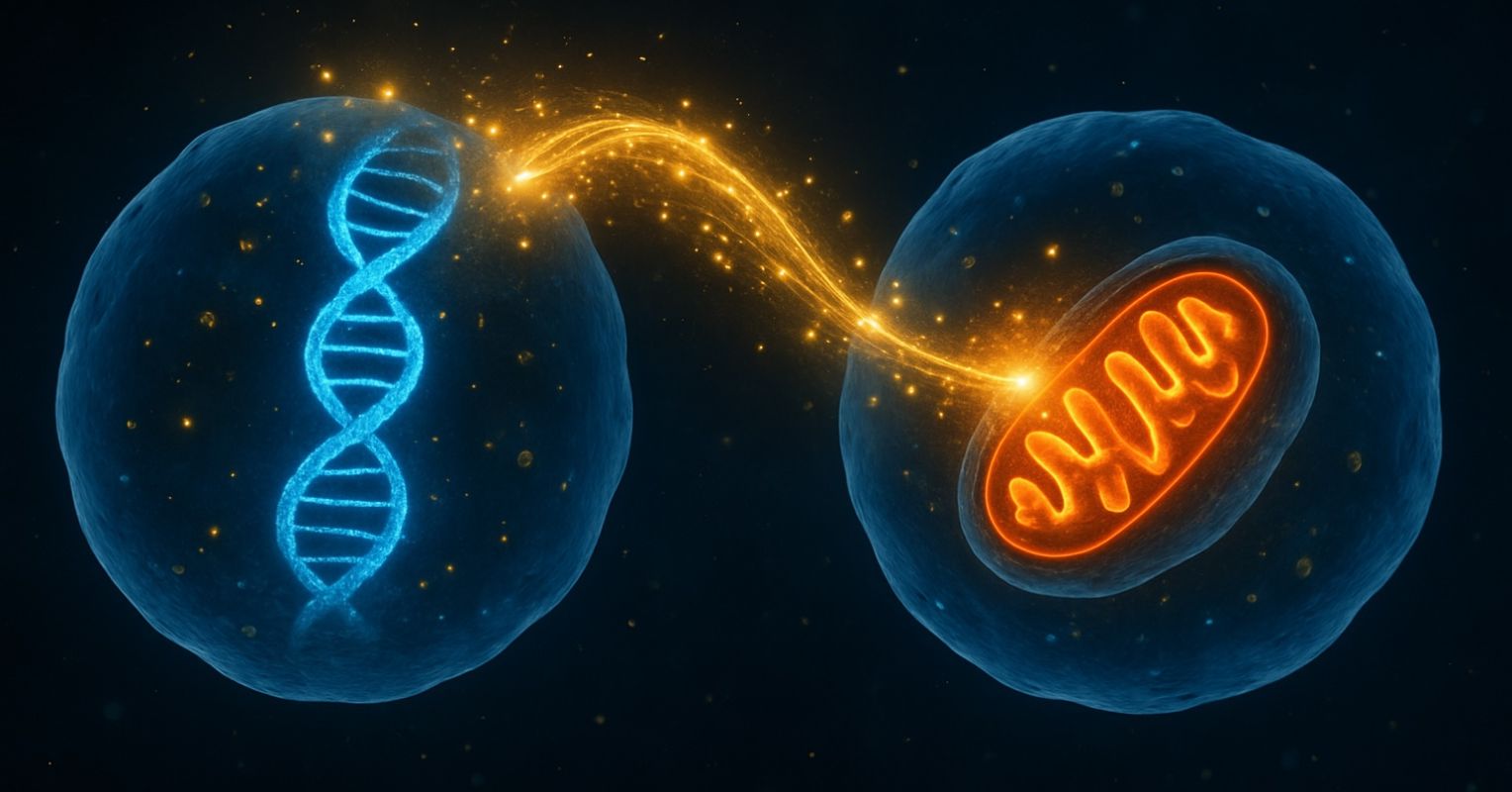
"Cells emit weak light particles called biophotons, proposing a new dimension to how we understand communication within our bodies and its implications for health."
"Research suggests the brain emits more biophotons during neural activity, linking these light emissions to consciousness and possibly expanding our understanding of mental processes."
"Oxidative stress, a primary source of cellular biophotons, is linked to mental health disorders, indicating that enhancing biophoton emissions could open paths for new treatments."
"Mitochondrial dysfunction has noted associations with both mental disorders and biophoton emissions, suggesting that restoring mitochondrial function could be a therapeutic target."
Recent studies have revealed that cells emit biophotons, extremely weak light particles that could signify a new form of communication within the body. Most prominently, the brain appears to increase its biophoton emissions during neural activity, suggesting a possible connection to consciousness. Furthermore, oxidative stress, linked to various mental health disorders, may impact these emissions. As mitochondrial function is also tied to mental health and biophoton generation, understanding how these light emissions influence cellular communication could lead to innovative treatments for mental disorders.
Read at Psychology Today
Unable to calculate read time
Collection
[
|
...
]